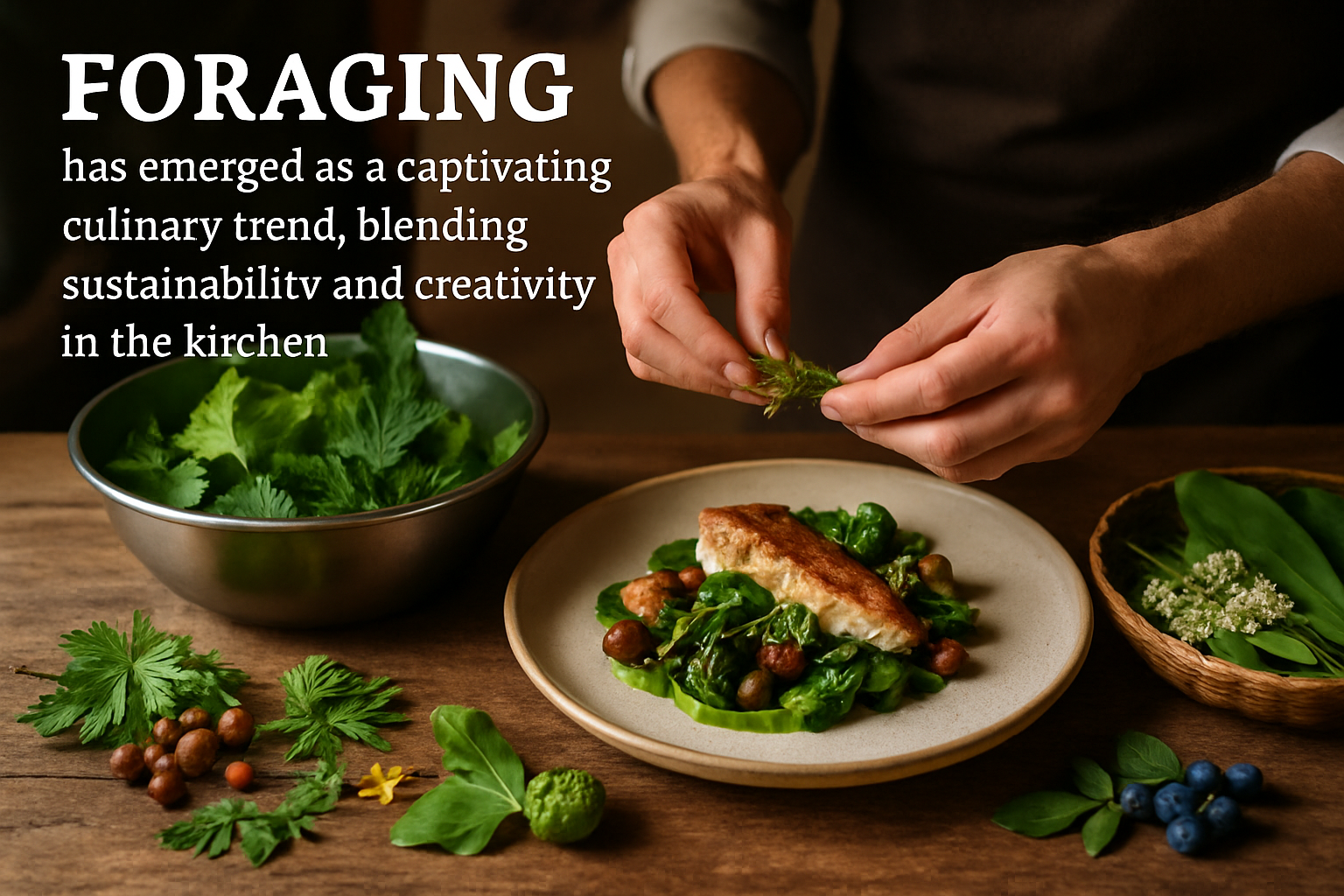Location
Mount Vernon, WA 98274
Location
Mount Vernon, WA 98274

Foraging has emerged as a captivating culinary trend, blending sustainability and creativity in the kitchen. Chefs and home cooks alike are exploring the rich tapestry of wild edibles, transforming their dishes with unique flavors and a deeper connection to nature.
In recent years, foraging has transitioned from a niche hobby to a celebrated culinary trend, captivating chefs and food enthusiasts worldwide. This movement embraces the ethos of sustainability while encouraging a hands-on approach to cooking that fosters a profound appreciation for the natural world.
Foraging involves sourcing wild ingredients, from mushrooms and herbs to edible flowers and fruits, directly from nature. This practice not only elevates the flavor profiles of dishes but also promotes environmental stewardship. By utilizing local, seasonal ingredients, foragers contribute to biodiversity and the preservation of ecosystems.
Renowned chefs have begun incorporating foraged ingredients into their menus, showcasing the versatility and creativity that such ingredients can bring. For example, dishes featuring nettles, wild garlic, or even dandelion greens have found their way into high-end restaurants, while home cooks are experimenting with these flavors in everyday meals. The trend encourages a sense of adventure, as foragers discover new tastes and textures that supermarket ingredients simply can’t match.
Notably, the resurgence of foraging is intertwined with the growing interest in culinary education. Workshops and guided foraging tours have become increasingly popular, allowing individuals to learn about local flora while developing their culinary skills. During these experiences, participants can gain insights into sustainable harvesting practices, ensuring that they respect nature’s balance while gathering ingredients.
The appeal of foraged ingredients extends beyond their unique flavors; they also carry a sense of story and place. Each wild edible comes with its own narrative, connecting the eater to the land and the community. This storytelling aspect resonates with consumers today, who increasingly seek authenticity and transparency in their food choices.
As this trend continues to evolve, it invites a broader conversation about our relationship with food. Foraging encourages mindfulness and a deeper understanding of where our ingredients come from, urging us to consider the environmental impact of our culinary habits. In a world where industrial agriculture dominates, foraging offers a refreshing alternative-a way to reconnect with nature and celebrate the gifts it provides.
In conclusion, the practice of foraging is not just a passing trend; it represents a profound shift in how we approach food. As we explore the wilds for ingredients, we cultivate a deeper appreciation for our environment and the flavors it has to offer. Whether you’re a seasoned chef or a curious home cook, embracing foraged ingredients can lead to exciting culinary adventures and a sustainable approach to eating.